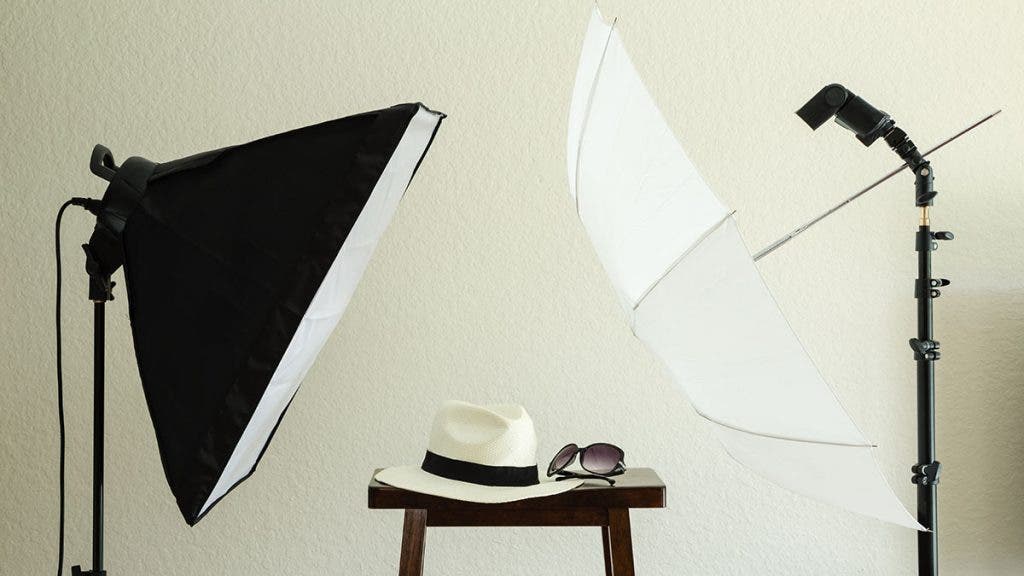What Is Softbox Lighting, And How Does It Benefit Photographers?
Lighting is one of the most important aspects of photography, and softbox lighting is one of the most versatile. Softbox lighting is an intricate lighting technique that can be used to add a level of richness and complexity to your photography. When properly utilized, softbox lighting can create a sense of depth and intimacy in your images that wouldn’t be possible with other types of lighting. Additionally, it can help to fill in shadows and achieve a more natural look overall.
To use softbox lighting effectively, you first need to understand the basics of the light fixture itself. A softbox typically consists of two parts: the front panel, which holds the light source, and the back panel, which casts a diffuse light on the subject. If you're looking for quality softbox Lighting, you'll want to check out Spectrum.

Image Source: Google
To set up your softbox correctly, you'll need to find a spot where you want your subject to stand or sit and position the front panel so that it's directly in front of or behind the subject. Then, adjust the back panel until you get the desired illumination.
Softbox lighting is versatile enough that it can be used for a variety of purposes. You can use it for portraits, landscapes, food photography, product photography – basically anything where you want a delicate touch or additional depth in your photos.
And since it’s such an easy way to add realism and dimension to your images without having to resort to heavy studio equipment or post-processing effects, softbox lighting is definitely something worth trying out.
Softbox lighting is a type of light that is designed to produce a flattering and often more natural-looking light than traditional lighting setups. Softboxes are typically made from materials like fabric and paper, which can be easily moved around to create various light angles. This makes softbox photography much easier than using hard, fixed lights, and it also allows photographers to work with smaller sources of light that would otherwise be difficult or impossible to use.
